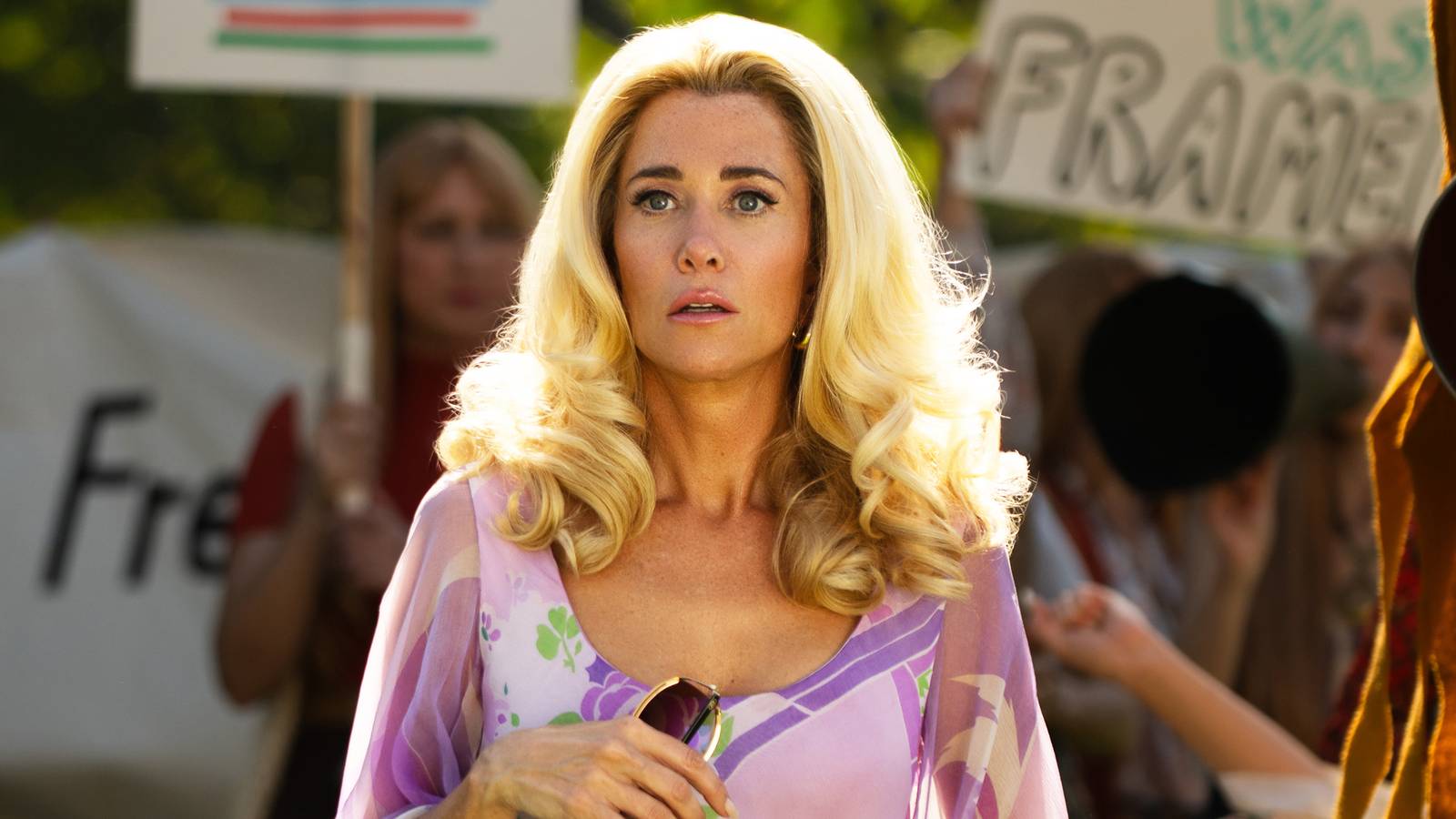Wildlife Conservation in the 21st Century: Balancing Nature, Tourism, and Community
(19).jpeg)
Wildlife conservation today is no longer about fencing off wild areas and keeping humans out. It’s about integrating environmental protection into economic growth, cultural identity, and community development. Across Africa and beyond, innovative models are emerging that connect the fate of wildlife directly to the prosperity of local people, creating a shared interest in preserving biodiversity for generations to come.
From Fortress Conservation to Inclusive Models
The old “fortress” model of conservation, where humans were largely excluded from protected areas, often created deep resentment among displaced communities. Many were denied access to ancestral lands, grazing areas, and sacred sites. Modern conservationists now favor inclusive approaches that integrate community needs. For example, in Kenya’s Maasai Mara, benefit-sharing programs ensure that a percentage of tourism revenue is invested in schools, clinics, and water infrastructure for nearby villages. This model has helped reduce human-wildlife conflict and increased community-led patrols to protect the animals that attract visitors.
(20).jpeg)
Image source: Google
The Power and Pressure of Wildlife Tourism
Tourism remains the lifeblood of conservation finance. According to the World Travel & Tourism Council, wildlife tourism contributes over $29 billion annually to Africa’s economy. Countries like Botswana and Tanzania rely on high-value safari tourism to fund park management, anti-poaching units, and conservation research. However, the industry faces risks, overtourism can damage habitats, and shocks like the COVID-19 pandemic can decimate funding streams overnight. Rwanda’s approach to gorilla trekking, with limited daily permits and premium pricing, demonstrates how controlled tourism can balance conservation needs with economic returns.
Community Conservancies: A Game-Changer
Namibia’s Communal Conservancies have transformed conservation by granting local communities legal rights to manage and benefit from wildlife. Today, over 86 registered conservancies cover more than 20% of Namibia’s land, generating millions in income from tourism, trophy hunting, and sustainable harvesting. Species once in decline, like the desert-adapted lion, are now thriving. In Kenya, community-led conservancies such as the Northern Rangelands Trust have similarly combined grazing management with wildlife protection, building a stable revenue source for herders.
High-Tech Tools for Wildlife Protection
Technology is revolutionizing the way we monitor and protect wildlife. Conservation groups are using satellite tracking collars to map elephant migration corridors, helping reduce human-elephant conflict. AI-powered camera traps developed by the Wildlife Conservation Society provide instant species identification, while drones are used to track poachers in remote areas. In India’s Kaziranga National Park, drones equipped with thermal imaging have reduced poaching incidents by over 70% in five years, a model African parks are studying closely.
(21).jpeg)
image Credit: Thomas Harmens Smart Parks
Climate Change: The Silent Disruptor
Climate change is altering ecosystems faster than many species can adapt. In East Africa, prolonged droughts have forced elephants to roam farther for water, increasing the risk of crop raiding and farmer retaliation. Rising sea levels threaten coastal habitats in places like the Okavango Delta, while changing rainfall patterns affect the migratory timing of wildebeests in the Serengeti. Conservation organizations like the African Parks Network are working to restore wetlands, plant climate-resilient vegetation, and establish cross-border corridors that allow wildlife to adjust to shifting environments.
Economics and the Conservation Imperative
The economic argument for conservation is becoming stronger. Botswana’s low-volume, high-value tourism model generates significant foreign exchange while minimizing environmental damage. Rwanda’s gorilla tourism program has lifted hundreds of households out of poverty, with 10% of park revenue allocated to community projects. A 2023 UNEP report found that every dollar invested in protected areas yields up to $6 in economic benefits, making conservation a smart financial strategy, not just an environmental one.
Education: Building a Culture of Conservation
Conservation education is critical for long-term change. Programs like WildlifeDirect’s “Hands Off Our Elephants” in Kenya are reshaping public attitudes through school programs and national media campaigns. In Zimbabwe, the Imvelo Safari Lodges’ school feeding program uses conservation-linked funding to provide meals for rural children, building a positive association between wildlife and well-being. Graduates of such programs often pursue careers in eco-tourism, park management, or environmental law — ensuring a new generation of conservation leaders.
International Cooperation for Transboundary Wildlife
Wildlife migration routes often cross borders, making international cooperation vital. The Kavango-Zambezi Transfrontier Conservation Area spans Angola, Botswana, Namibia, Zambia, and Zimbabwe, protecting 44% of Africa’s remaining elephants. Similar cross-border agreements exist in East Africa, where Kenya and Tanzania coordinate anti-poaching patrols in the Serengeti-Mara ecosystem. These cooperative frameworks not only safeguard species but also foster regional stability and joint tourism marketing.
Policy, Governance, and Enforcement
Without strong governance, conservation laws are meaningless. Tanzania’s anti-poaching task force has significantly reduced elephant killings since 2015, while Uganda’s Wildlife Act 2019 increased penalties for wildlife crimes. However, corruption and weak enforcement still undermine progress in some areas. Global partnerships, such as funding from the Global Environment Facility, are helping build institutional capacity and improve transparency in conservation spending.
Private Sector Involvement and Philanthropy
The private sector’s role in conservation is growing. Philanthropic organizations like the Leonardo DiCaprio Foundation fund anti-poaching units, while private reserves in South Africa, such as Phinda Private Game Reserve, invest in species reintroduction and community projects. Corporate social responsibility initiatives from companies like Safaricom in Kenya have funded reforestation and anti-poaching campaigns, showing how business and biodiversity protection can align.
Urban Wildlife and Human Coexistence
(22).jpeg)
Image source: Google
As cities expand, urban conservation is becoming a new frontier. Nairobi National Park, bordered by high-rises, is home to lions, rhinos, and giraffes living alongside a bustling city. In Cape Town, the protection of Table Mountain National Park ensures baboons, porcupines, and rare flora coexist with millions of residents. Urban green spaces and wildlife corridors are now recognized as essential for biodiversity, public health, and climate resilience.
Indigenous Knowledge in Modern Conservation
Indigenous communities have managed ecosystems sustainably for centuries. In Tanzania, the Hadza people’s rotational hunting and gathering practices maintain ecological balance, while in Botswana, San trackers contribute invaluable knowledge to wildlife monitoring teams. Integrating indigenous wisdom with modern science offers richer, culturally respectful conservation strategies that strengthen community engagement.
Conclusion
The future of wildlife conservation will depend on whether we can integrate economic development, community well-being, and environmental stewardship into a single, unified vision. Technology, education, policy reform, and cross-border cooperation are vital, but so is ensuring that local people see real benefits from protecting nature. If 21st-century conservation succeeds, it won’t just save species, it will secure healthier, more resilient societies for us all.
You may also like...
Super Eagles' Shocking Defeat: Egypt Sinks Nigeria 2-1 in AFCON 2025 Warm-Up

Nigeria's Super Eagles suffered a 2-1 defeat to Egypt in their only preparatory friendly for the 2025 Africa Cup of Nati...
Knicks Reign Supreme! New York Defeats Spurs to Claim Coveted 2025 NBA Cup

The New York Knicks secured the 2025 Emirates NBA Cup title with a 124-113 comeback victory over the San Antonio Spurs i...
Warner Bros. Discovery's Acquisition Saga: Paramount Deal Hits Rocky Shores Amid Rival Bids!

Hollywood's intense studio battle for Warner Bros. Discovery concluded as the WBD board formally rejected Paramount Skyd...
Music World Mourns: Beloved DJ Warras Brutally Murdered in Johannesburg

DJ Warras, also known as Warrick Stock, was fatally shot in Johannesburg's CBD, adding to a concerning string of murders...
Palm Royale Showrunner Dishes on 'Much Darker' Season 2 Death

"Palm Royale" Season 2, Episode 6, introduces a shocking twin twist, with Kristen Wiig playing both Maxine and her long-...
World Cup Fiasco: DR Congo Faces Eligibility Probe, Sparks 'Back Door' Accusations from Nigeria

The NFF has petitioned FIFA over DR Congo's alleged use of ineligible players in the 2026 World Cup playoffs, potentiall...
Trump's Travel Ban Fallout: African Nations Hit Hard by US Restrictions

The Trump administration has significantly expanded its travel restrictions, imposing new partial bans on countries like...
Shocking Oversight: Super-Fit Runner Dies After Heart Attack Symptoms Dismissed as Heartburn

The family of Kristian Hudson, a 'super-fit' 42-year-old marathon runner, is seeking accountability from NHS staff after...

